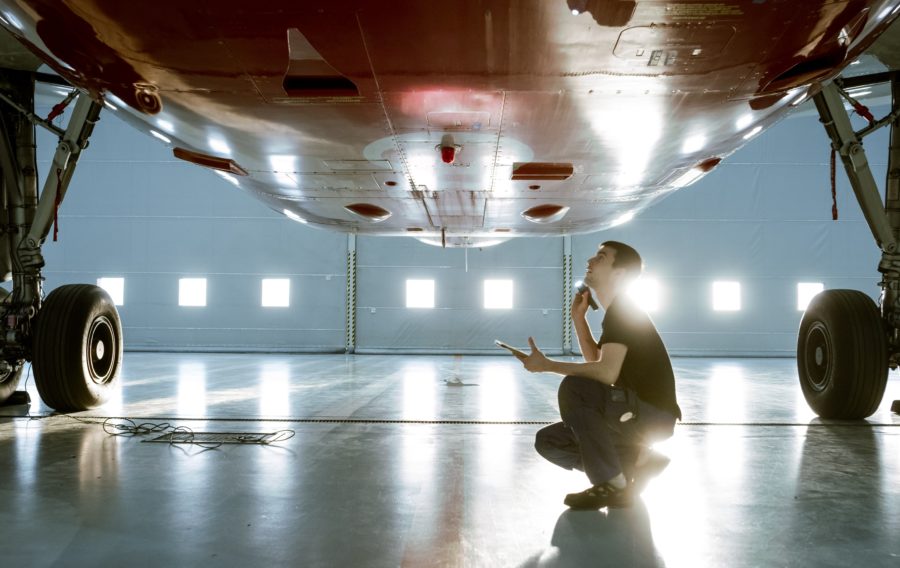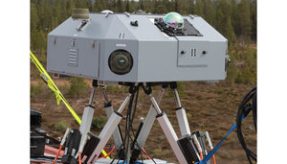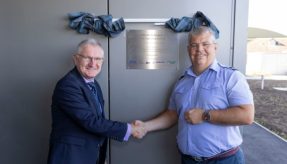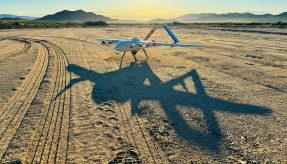
The RAF has released a document exploring its history of accident prediction and how it can be improved.
The RAF has explored its past and how it can improve methods of accident prediction and safety in a new document released by the government. The report explores how methods have changed in the 107 years since the first accident investigation in the UK, involving a Flanders F4 Monoplane, and looks at what needs to be changed in modern methods to adapt to today’s technology. The incident in 1912 was investigated by the Public Safety and Accidents Investigation Committee of the Royal Aero Club who determined that the fault came from the pilot not being strapped into his seat.
It is now compulsory for pilots to wear a seat harness and in over 100 years many other safety procedures have become mandatory within the RAF. The report calls for the RAF to move from reactive measures when it comes to accidents and improve predictive management. The current system is based on recommendations in the Nimrod Review conducted by Charles Haddon-Cave QC.
The Report, investigating the loss of the RAF Nimrod MR2 Aircraft XV230 in Afghanistan, cites the ‘swiss cheese’ model of accident investigation formulated by Professor James Reason. Theoretical ‘cheese slices’ represent barriers to accidents occurring and the holes represent flaws or oversights which, when aligned, allow accidents to happen. Barriers to accidents could be in the form of individual responsibility, infrastructure, supervision, training, and procedures.
The report examines other methods of accident prediction, including ‘Heinrichs Iceberg’. This theory surmises that for every fatal accident and serious incident, there may be hundreds of hazard observations and reportable occurrences which, if dealt with properly, can prevent far more serious problems. Currently, Defence Aviation uses the Air Safety Information Management Systems (ASIMS) to record safety issues and near misses.
The system has been running for ten years and thousands of incidents have been reported. The new report emphasises the importance of systems like this, which allow for the analysis of smaller incidents which can foresee and prevent more serious ones. It encourages an ‘Engaged Safety Culture’ allowing for easy reporting of incidences and ensuring personnel do not fear negative reactions to speaking out about safety issues.
The report recommends that investigations focus on the barriers ensuring safety and where they may have failed, rather than focussing on assigning blame. It states that there is rarely one single error, but rather a series of failings. It looks at a number of recent ASIMS reports where aircrew personnel mistakenly took aircraft which had been signed for, as well as engineers who accidentally performed maintenance on the wrong aircraft.
It looks at how safety assessment models could prevent such incidents, or more serious ones, in the future. The report details the barriers in place to prevent the wrong aircraft being used or worked on, such as well-displayed tail numbers, groundcrew double-checking aircraft, and identifying aircraft by nicknames. It states that inexpensive and easy to enforce measures like these for all potential accidents could have a positive impact on the number of more serious reports.
If you would like to join our community and read more articles like this then please click here.
air safety aircraft aircraft maintenance analysis engineers RAF risk management








